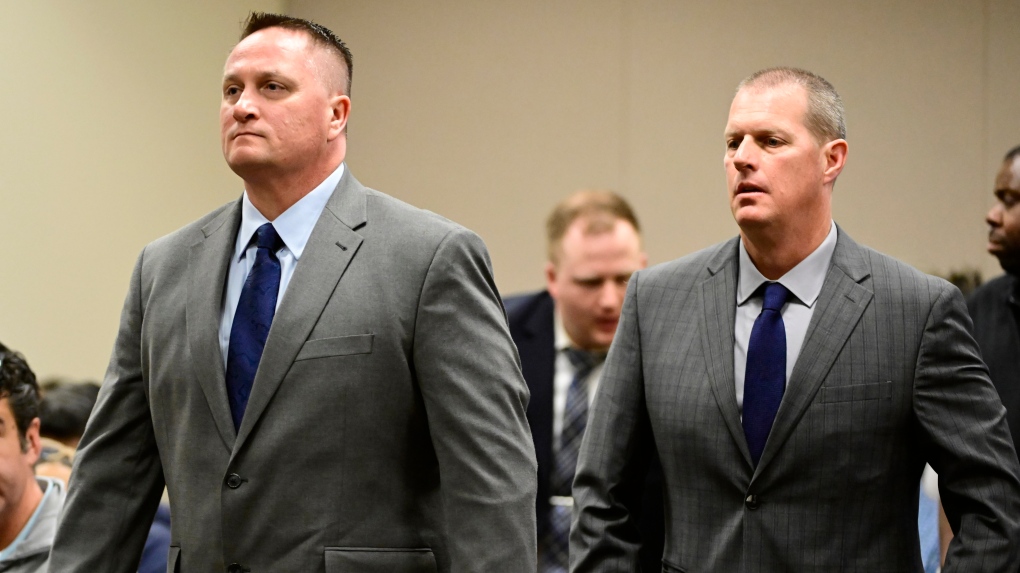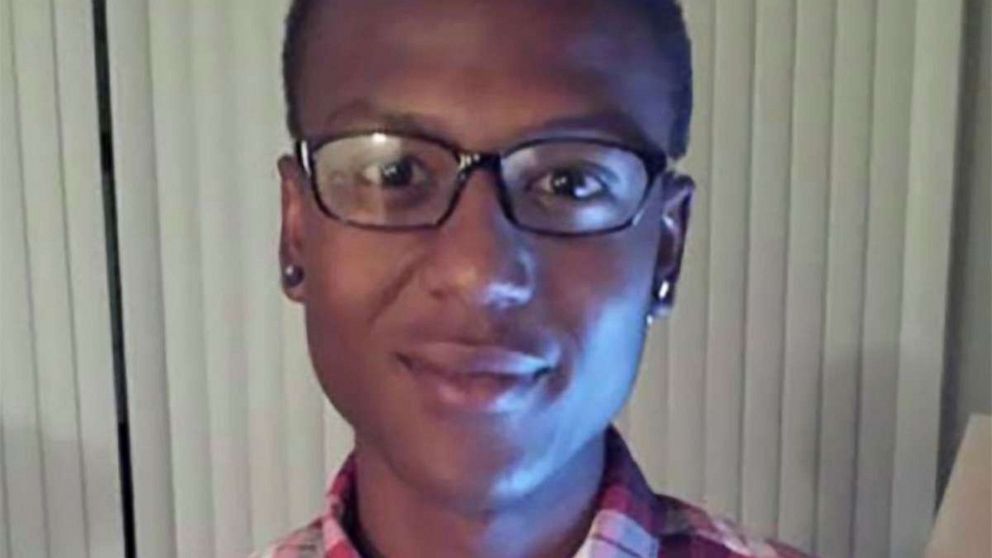KevinB
Army.ca Relic
- Reaction score
- 29,307
- Points
- 1,260
I’m curious as to how any of the LEO’s are criminally responsible.
If Ketamine was administered by the Paramedics, and was administered at too high a dosage, how TF is a LEO supposed to know what the dosage is supposed to be? Furthermore why on earth would they be involved in that aspect?
It seems there is a case for negligence on the part of the Paramedics, and solely them.
As at the time the neck restraint was part of the Departments policy, and they called the Paramedics after use as per SOP.
The other issue that worries me, is the initial coroner’s report ruled out any cause from the LE using the carotid choke - it was then revised.
If Ketamine was administered by the Paramedics, and was administered at too high a dosage, how TF is a LEO supposed to know what the dosage is supposed to be? Furthermore why on earth would they be involved in that aspect?
It seems there is a case for negligence on the part of the Paramedics, and solely them.
As at the time the neck restraint was part of the Departments policy, and they called the Paramedics after use as per SOP.
The other issue that worries me, is the initial coroner’s report ruled out any cause from the LE using the carotid choke - it was then revised.







